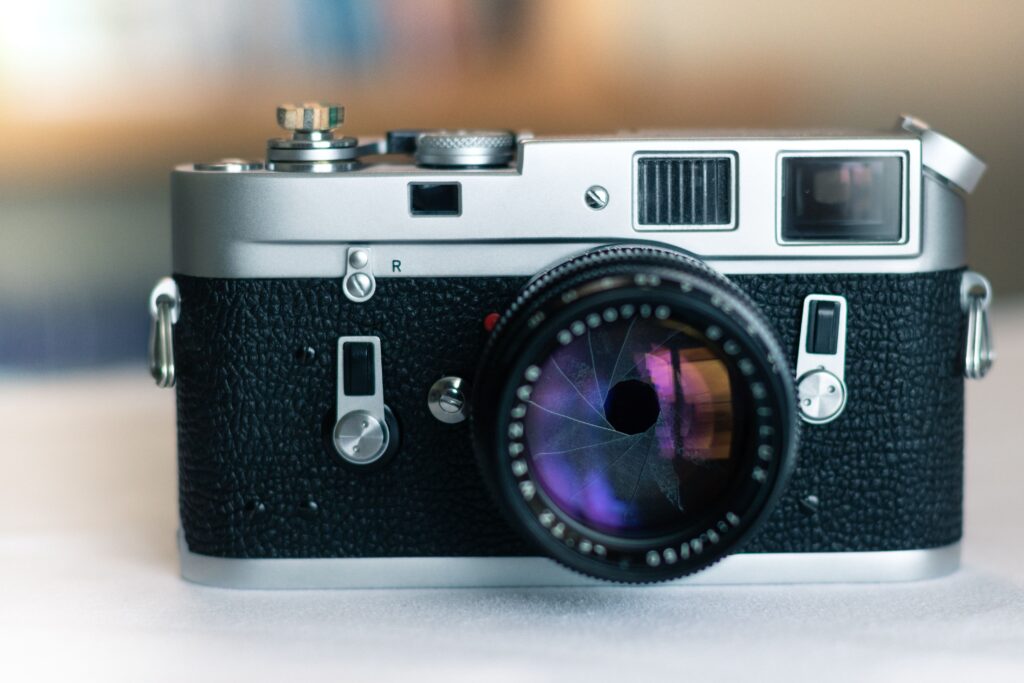
Aperture is the size of the opening in the lens that allows light to pass through to the camera's sensor. It's measured in f-stops, such as f/2.8, f/5.6, f/11, etc. Aperture plays a crucial role in photography, as it affects not only the amount of light that reaches the sensor but also the depth of field, which refers to the area of the photograph that's in focus. In this article, we'll go over some tips and techniques for mastering aperture in your photography.
One of the main uses of aperture is to control the amount of light that reaches the sensor. A larger aperture (a lower f-stop) allows more light to pass through the lens, while a smaller aperture (a higher f-stop) allows less light. This can be useful in low light situations, where you may need to use a wider aperture to allow more light to reach the sensor. However, aperture also affects depth of field, and using a wider aperture (a lower f-stop) can create a shallower depth of field, which means that only a small portion of the scene will be in focus.
Another use of aperture is to control the depth of field in the photograph. A wider aperture (a lower f-stop) creates a shallower depth of field, which can be useful for isolating a subject and creating a blurred background. A smaller aperture (a higher f-stop) creates a deeper depth of field, which can be useful for keeping more of the scene in focus, such as in landscape or architecture photography.
Aperture can also be used to create creative effects, such as bokeh, which refers to the aesthetic quality of the blur in an image. Bokeh is created by using a wide aperture (a lower f-stop) to blur the background and create a sense of depth and separation between the subject and the background.
Aperture is a crucial element of photography that affects the amount of light and the depth of field in the photograph. By mastering aperture, you can take control of these elements and create stunning, creative images. Happy shooting!